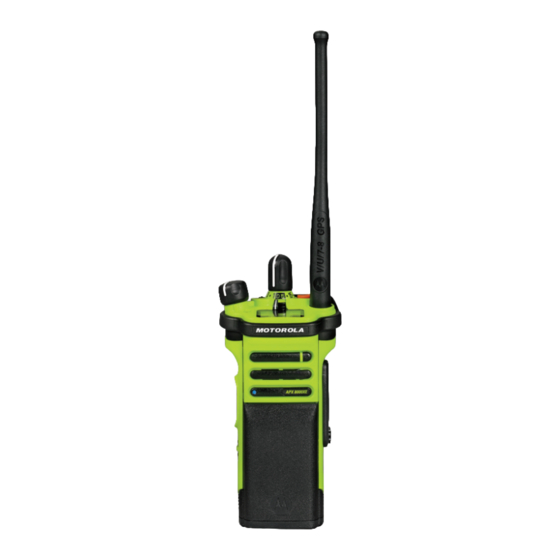
Motorola APX 8000XE 1 Manuals
Manuals and User Guides for Motorola APX 8000XE 1. We have 2 Motorola APX 8000XE 1 manuals available for free PDF download: User Manual
Motorola APX 8000XE 1 User Manual (121 pages)
Brand: Motorola
|
Category: Two-Way Radio
|
Size: 1.5 MB
Table of Contents
Advertisement
Motorola APX 8000XE 1 User Manual (130 pages)
Brand: Motorola
|
Category: Two-Way Radio
|
Size: 2.79 MB

